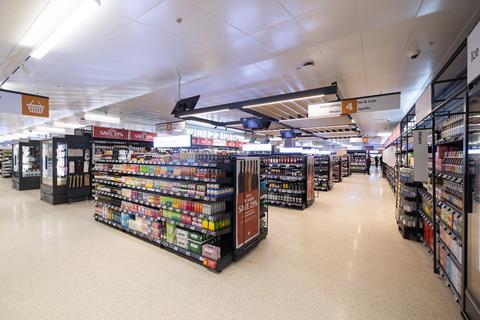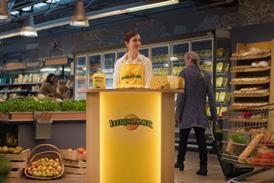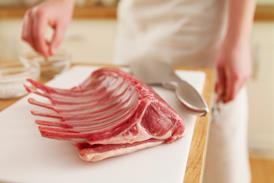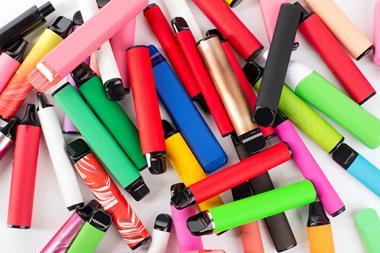
Sainsbury’s has introduced new electronic security cabinets to the booze aisles of some of its stores as part of its efforts to prevent theft.
The locked self-service cabinets – which hold premium spirits such as scotch whisky – ask customers to complete a four-step process using a touchscreen, before the cabinet will open. Sainsbury’s has confirmed it is trialling the tech in a small number of stores, including its St Albans store.
One of the systems Sainsbury’s is trialling, called a Freedom Case, has been developed by the American retail technology company Indyme. It’s fitted with technology that tracks when items have been removed, how often the cabinet has been opened and how long for.
Versions of the Freedom Case system require customers to scan their loyalty app or card to access the case. The technology also has the capability for retailers to request customers to identify themselves using their mobile phone number or via facial recognition.
However, a Sainsbury’s spokeswoman has confirmed to The Grocer no facial recognition or customer data is required as part of its trial.
“We regularly review security measures in our stores and are currently trialling cabinets in a small number of branches,” she said.
New gear in at JS pic.twitter.com/FwiSOOYT7s
— Bryan Roberts (@BryanRoberts72) February 16, 2024
It’s the latest in a series of new solutions being rolled out by retailers as they attempt to tackle soaring levels of theft. Figures released by the BRC last week showed there were the on average 45,000 shoplifting incidences a day in 2023, which cost retailers £1.8bn in total.
Premium spirits can be among the frequently targeted items due to their high value.
To prevent shrinkage, Morrisons has been using ‘Buzz For Booze’ buttons that enable customers to request a member of store staff to open a cabinet.
In a more low-tech solution, in August Waitrose started adding small yellow signs to its self-service terminals and in some of its aisles. The signs feature a pair of glaring eyes, or an image of a CCTV camera, to remind customers they are being watched.



















No comments yet